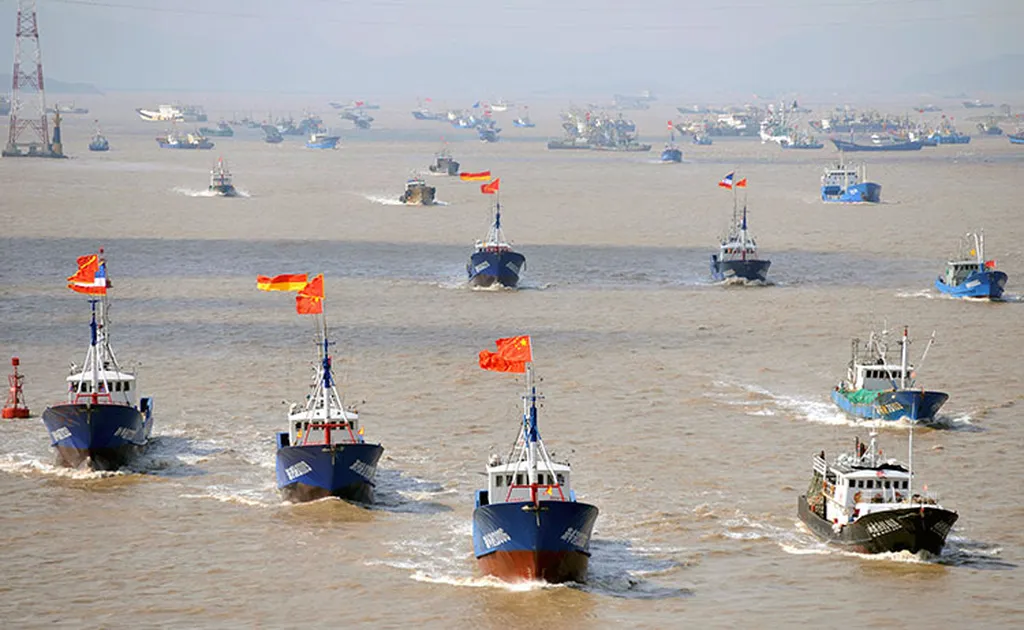In a significant stride towards enhancing the safety of unmanned maritime navigation, researchers from the Key Laboratory of Transport Industry of Marine Technology and Control Engineering at Shanghai Maritime University have developed a novel method for detecting water-surface obstacles using panoramic vision. This innovative approach, published in the journal *Computer Engineering* (Jisuanji gongcheng), addresses a critical challenge in the autonomous shipping industry: the risk of missing obstacles due to limited perspective during navigation.
The team, led by Jintao Zhou, employed a multi-camera panoramic vision system to capture a wide-angle view of the water surface. This system stitches together images from multiple cameras, providing a comprehensive, 360-degree perspective that traditional monocular and binocular vision systems struggle to achieve. The researchers utilized the Speeded-Up Robust Feature (SURF) algorithm for image registration, which significantly improved feature-point matching accuracy by 11.47 percentage points compared to the standard SURF algorithm. Additionally, they optimized the matching process, reducing the time required by 5.83 seconds when compared to the SURF and RANSAC algorithms.
One of the key innovations in this study is the arc function-based weighted fusion algorithm, designed to stitch images seamlessly and eliminate ghosting in overlapping areas. This ensures a clear, uninterrupted view of the water surface, crucial for accurate obstacle detection. The researchers then developed an improved target detection model, DS-YOLOv5s, which processes the stitched panoramic images to identify obstacles in real-time. The model achieved a mean average precision (mAP) of 95.7% at an intersection over union (IoU) threshold of 0.5, with a detection speed of 51 frames per second, meeting the standards for real-time object detection.
“The panoramic vision system provides a broader field of view, which is essential for detecting obstacles that might be missed by traditional vision systems,” explained lead author Jintao Zhou. “This technology not only enhances the safety of unmanned ships but also paves the way for more reliable autonomous navigation in the maritime industry.”
The commercial implications of this research are substantial. As the maritime industry increasingly adopts unmanned and autonomous vessels, the need for robust obstacle detection systems becomes paramount. This technology can significantly reduce the risk of collisions and groundings, thereby lowering insurance costs and improving operational efficiency. Moreover, the real-time detection capabilities of the DS-YOLOv5s model ensure that unmanned ships can navigate safely and effectively, even in complex and dynamic environments.
The maritime sector stands to benefit immensely from this advancement. Port authorities, shipping companies, and naval operations can integrate this technology into their existing systems to enhance safety and reliability. The panoramic vision system can be particularly valuable in congested waterways and during adverse weather conditions, where visibility is often compromised.
In summary, the research conducted by Jintao Zhou and his team represents a significant leap forward in the field of unmanned maritime navigation. By leveraging panoramic vision and advanced image processing techniques, they have developed a system that promises to make autonomous shipping safer and more efficient. As the maritime industry continues to evolve, such innovations will be crucial in shaping the future of autonomous navigation.

